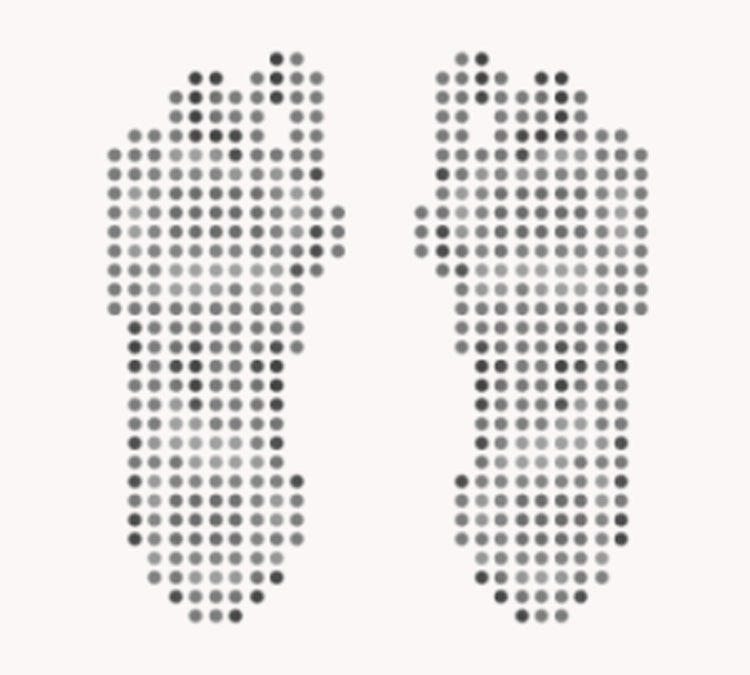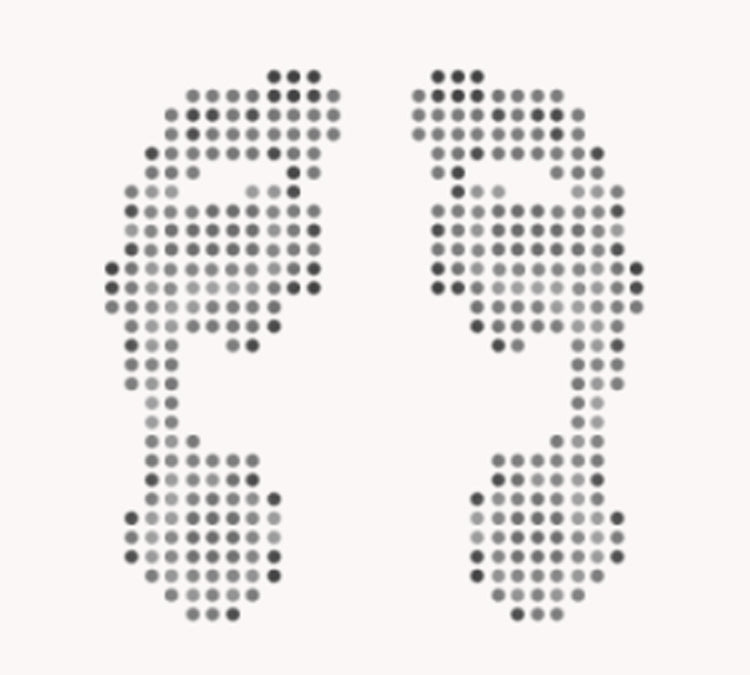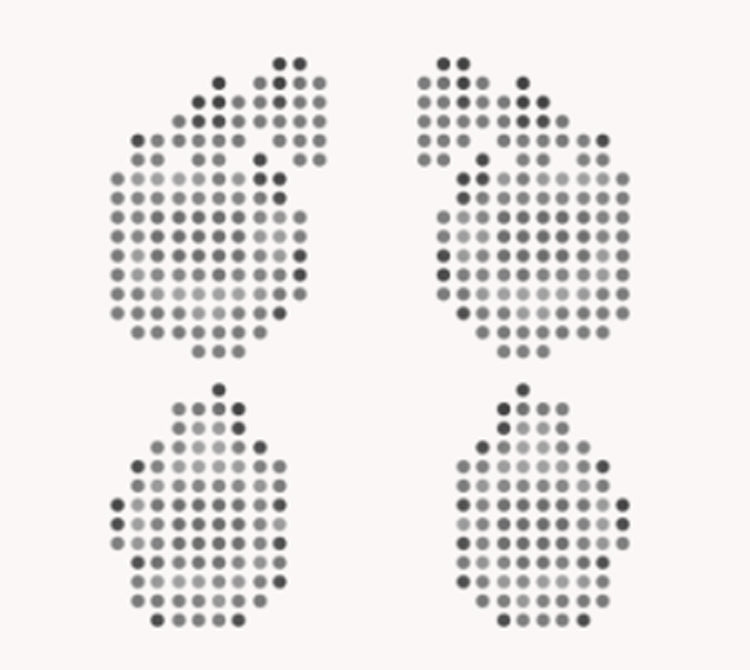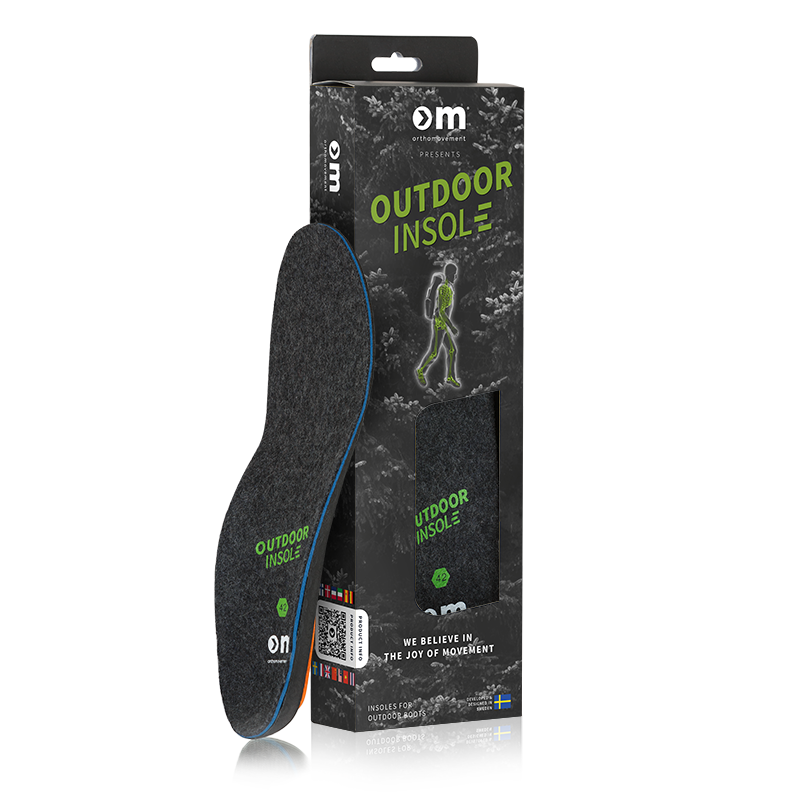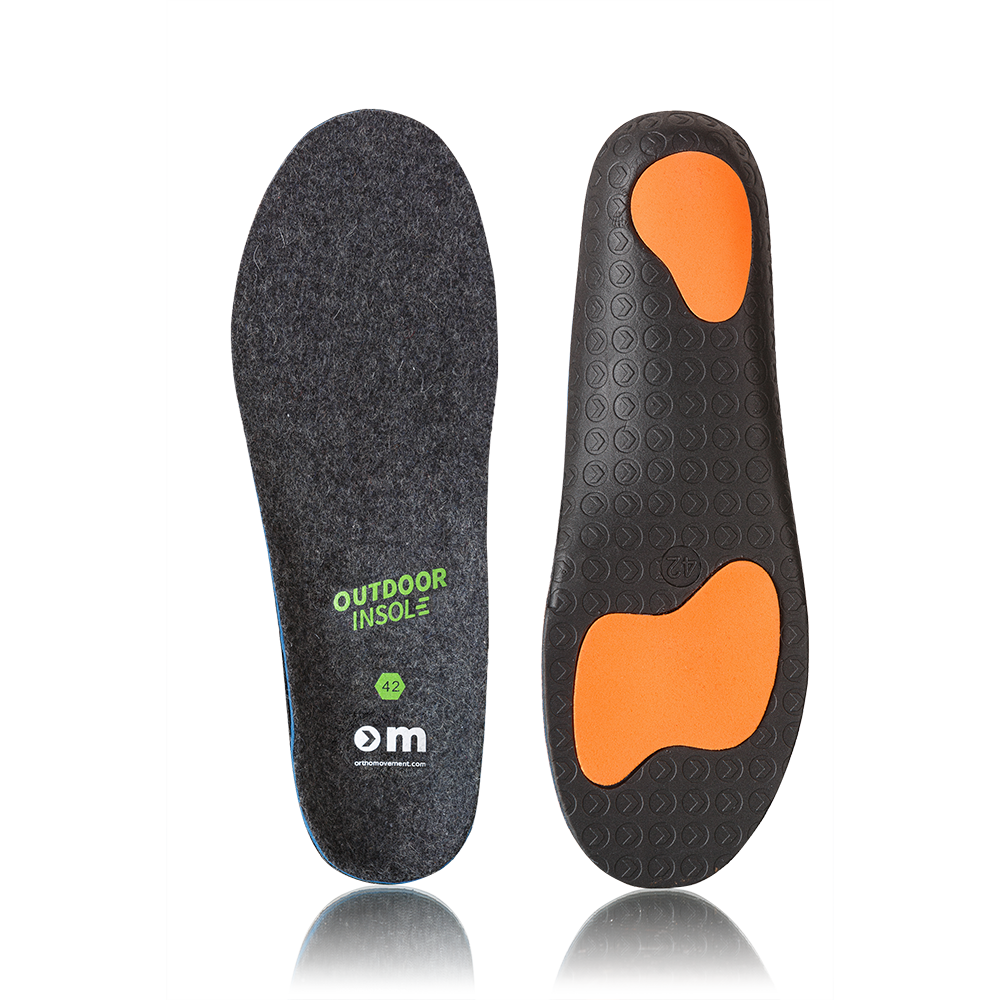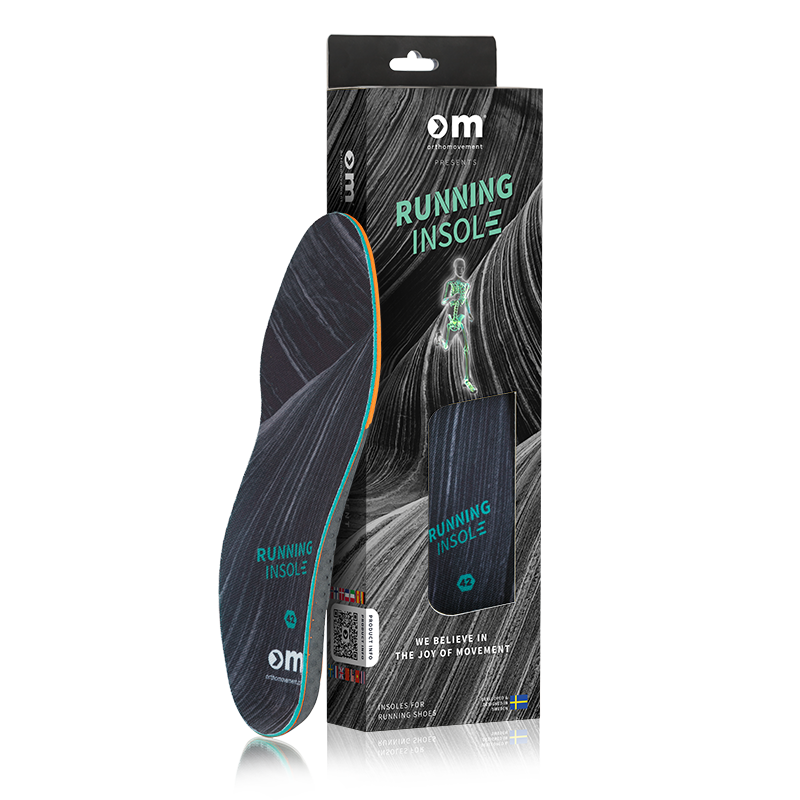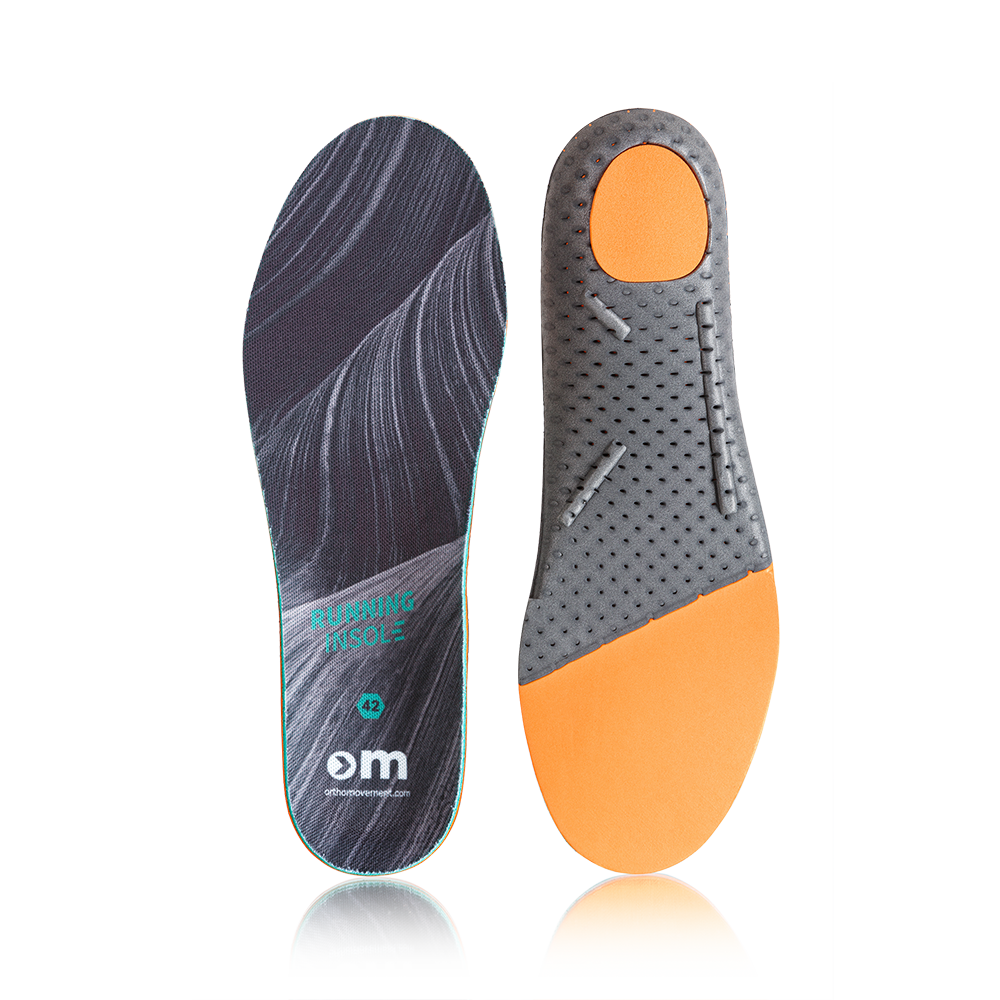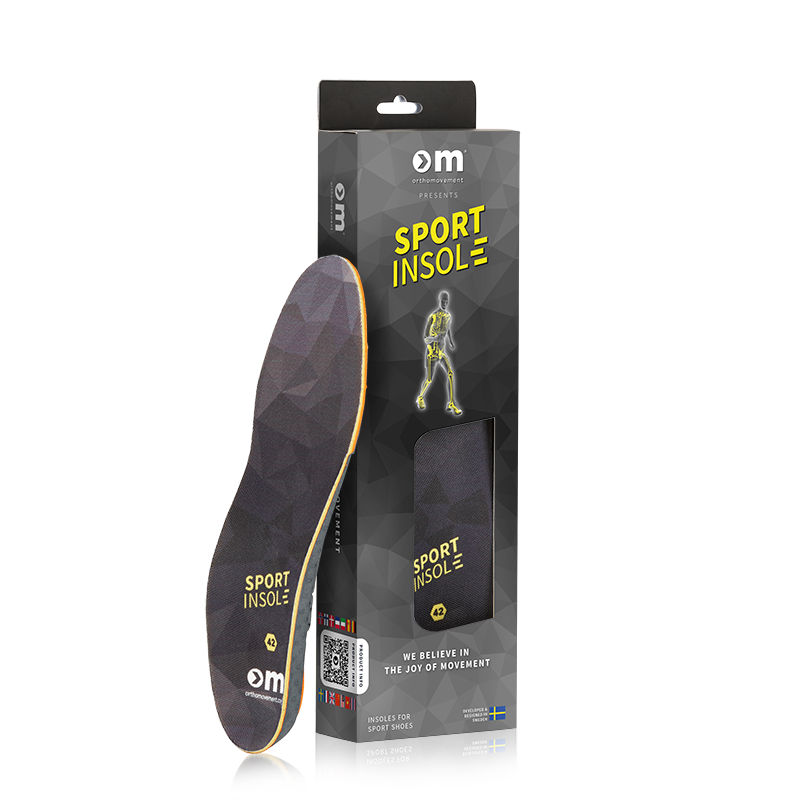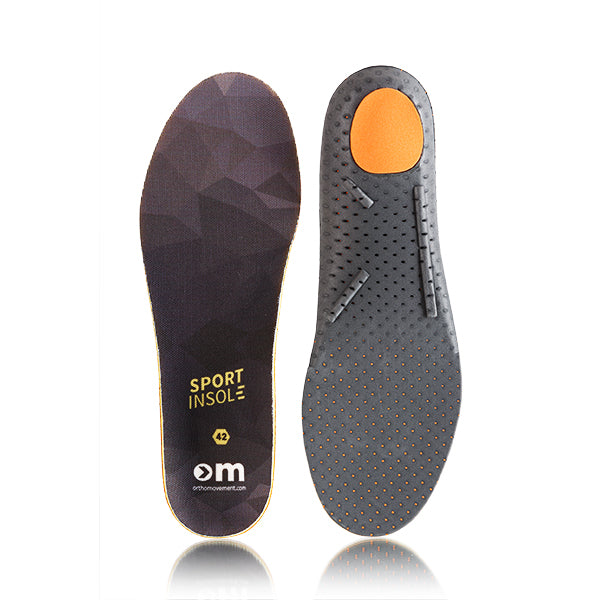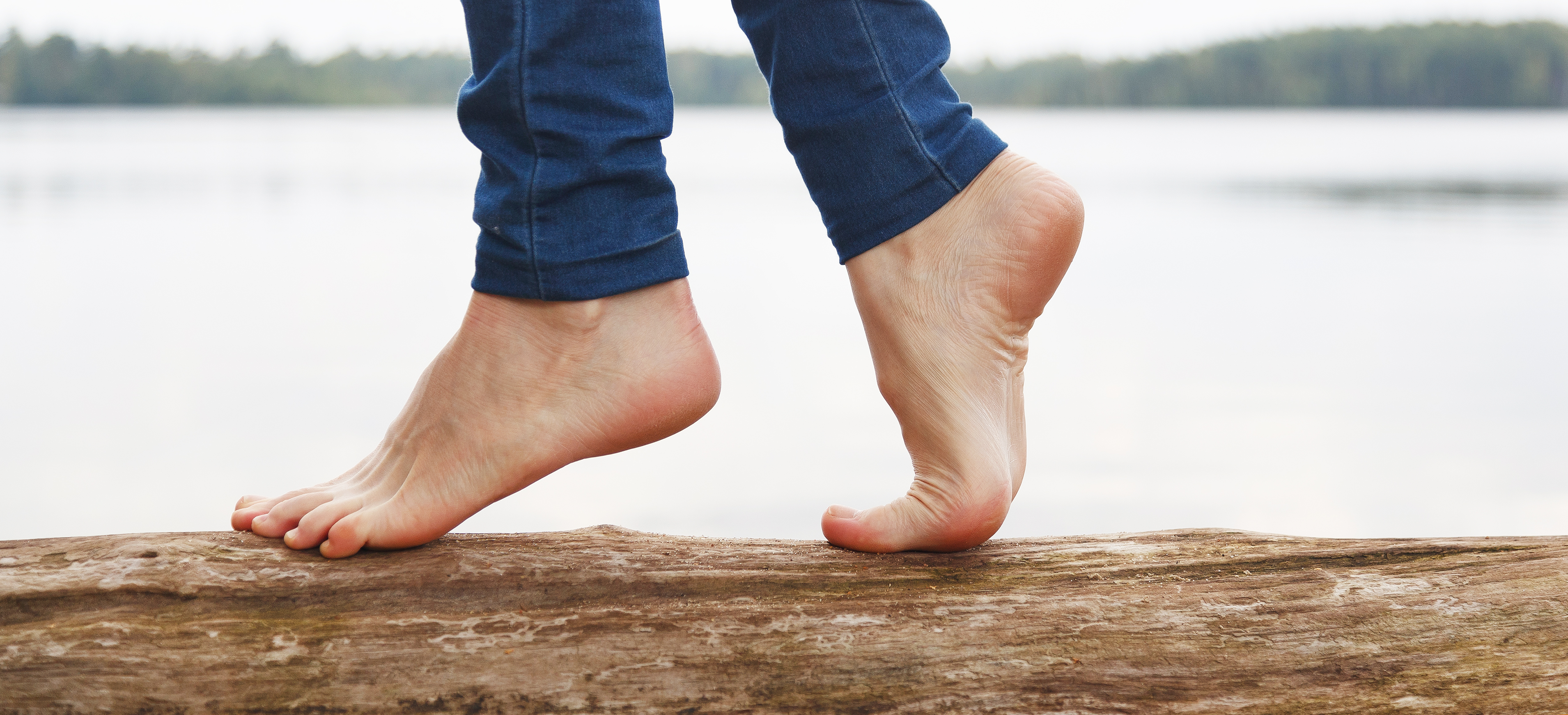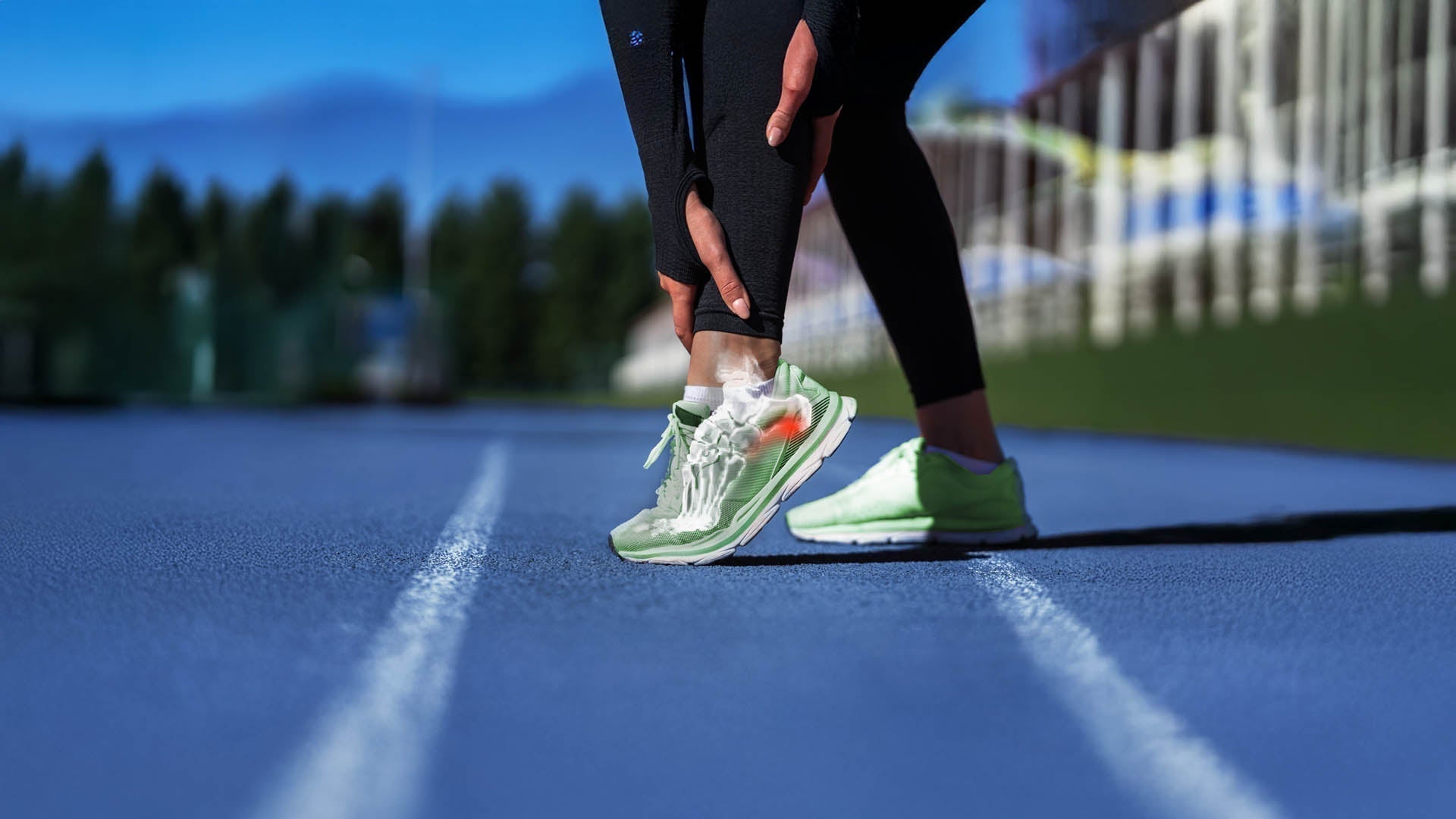Guides – Feet – Foot health

All people either have a low, normal or high arch. Low and normal arch are the most common types of arch among people. You can test which type you are at home by getting your feet wet and stand on a flat surface where you can see your imprint such as on a paper or a newspaper. Our upgrade range insoles are crafted with an unique medial and longitudinal arch support design that is adapt to fit all of these feet types as good as possible. This, together with the material of a semi hard E.V.A creates a dynamic function.

What is Pronation?
It starts with how our bodies are build and in the most cases that’s genetic. Pronation is a natural movement of the foot that occurs during foot landing while running or walking. About 60% of the population pronates more than they need to in order to function properly. People that pronate are most likely to have a flat foot/low arch.
What is neutral pronation?
Some pronation, also called eversion, is natural in the body’s regular movement. Neutral pronation occurs when the foot experiences a healthy amount of pronation. In a healthy movement all toes are part of the foot leaving the ground movement and the weights is distributed fairly. This is what we refer Ortho Movement to, having an aligned movement that straighten up the body from the feet and knees up to the back. Whereas every movement with a misalignment will pressure the body in a less healthier way.
What is Overpronation?
Overpronation occurs when the foot impacts the ground and there is not enough of an outward movement in the foots motion. This results in a miss balance of the weight on the toes so the big toe and second toe take the entire push. Additionally, this results in an unnatural angle forms between the foot and the ankle resulting in pain in joints, knees and back.ding element.
What is Supination?
Supination is the opposite to Overpronation and occurs when the foot impacts the ground and there is not enough of an inward movement in the foots motion. This results in a miss balance of the weight on the toes resulting in pain in joints, knees and back. People that supinate are most likely to have a high arch.
Introducing the Outdoor Insoles, specially crafted for outdoor enthusiasts who love to hike up and downhill with added comfort and less fatigue. Designed to cater to hikers' uni...
At OM, we recognize the unique demands running places on your body. Our Running Insoles are meticulously designed to reduce the load on your muscles and joints, offering enhance...
Are you looking to improve your game in indoor sports such as padel, basketball, handball, floorball, or tennis? Look no further than Sport Insoles! Designed specifically for in...


